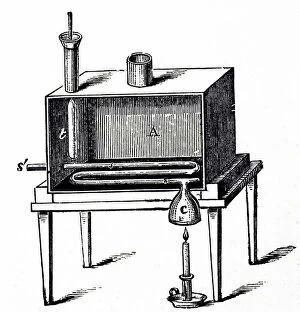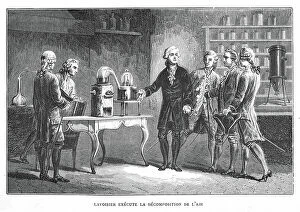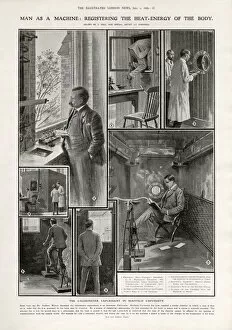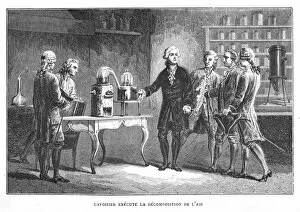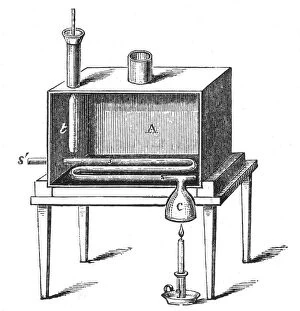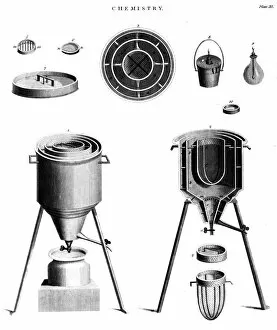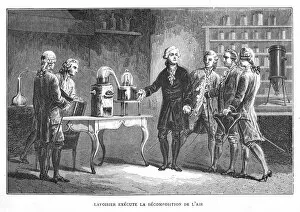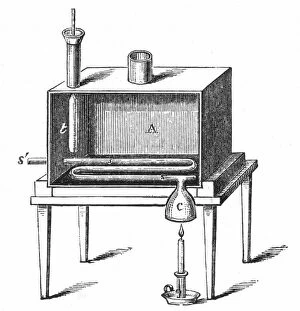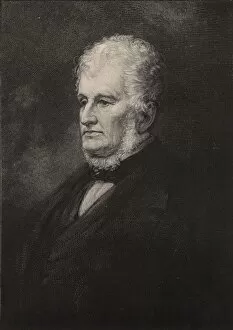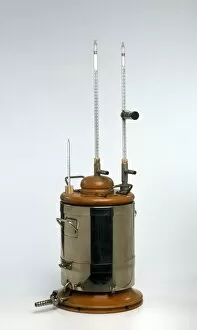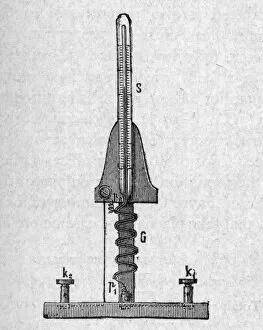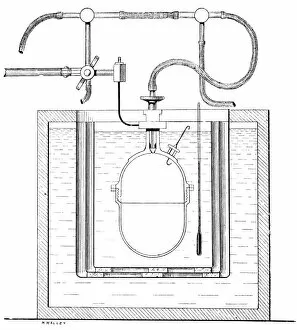Calorimeter Collection
Man as Machine: Unraveling the Energy Within - A journey through time, from Antoine Laurent Lavoisier's groundbreaking discovery of oxygen in 1776
For sale as Licensed Images
Choose your image, Select your licence and Download the media
Man as Machine: Unraveling the Energy Within - A journey through time, from Antoine Laurent Lavoisier's groundbreaking discovery of oxygen in 1776, to the intricate calorimeters of the 19th century. Witness Lavoisier's demonstration, as he investigates the existence of oxygen in the air, and marvel at the engraving of his calorimeter with Laplace. Fast forward to 1887, when Rumford's calorimeter revolutionized the measurement of heat produced by combustion. American chemist Robert Hare further advanced this technology with his invention of an oxyhydrogen blow-pipe and a calorimeter. From gas calorimeters to Joule's calorimeter and the bomb calorimeter, these instruments have played a pivotal role in understanding the energy transformations within our world, forever linking Man and Machine.

